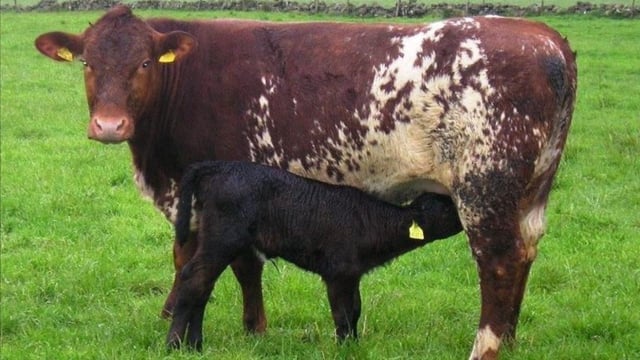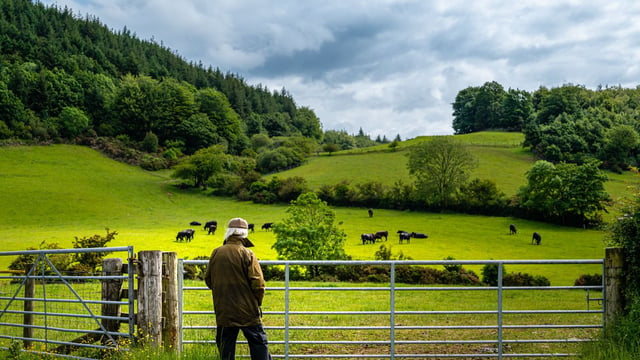Thinking about bull safety as the breeding season continues
Bull safety should always be a priority on farms, but particularly during this time of year - as we are now entering the fifth week of breeding season.
Many farmers will let the stock bull out in the coming days or weeks.
As bulls will be soon running with the cows it means that bull safety needs to be at the forefront of farmers' minds as they can often be extremely dangerous animals.
Health and Safety Authority (HSA) figures show that bulls were involved in over 18% of livestock related deaths on Irish farms between 2010 and 2019.
Bulls must be treated with respect and caution even when they seem to have a good temper.
The risk of a bull attack occurring is at its highest during breeding season. There are a number of preventative measures that can be taken to prevent an attack from happening.
It is a legal requirements to put a ring in the bull's nose when they are 10-months-old - when the bull is at pasture a chain is also recommended, so one can gain some sort of control if the bull was to attack.
It is important to carry a walking stick when walking through the fields with animals, keeping the bull in your sight at all times and never turning your back to him.
Using a vehicle when herding the cows is advisable as it will allow for a quick escape should the bull attack.
Unless in a vehicle, children should not be around the cows when there is a bull running with them as the bull can become territorial.
In most scenarios, as a bull matures, their temperament will change as they will move through stages of playful aggression as a yearling to defensive, territorial aggression as a two to three-year-old.
Although a bull should not be overfamiliar with people, keeping a safe distance at all times - a bull should be still familiar and associate with people through positive experiences like feeding.
Where the public have access to a field where a bull is present, a 'beware of bull' should be visible on the entrance gates.
Bulls are protective of the herd and may decide that you are a threat, resulting in many bull attacks taking place in open fields during the main breeding season, according to the HSA.
In the unfortunate event of getting cornered by a bull, it is advised to spread your arms wide while facing the bull and trying to slowly move out of the bull's proximity.
Turning around and trying to run away from the bull will only invite the bull to chase after you - are you faster than a bull?
When checking on the herd or in the field, a mobile phone should be kept on you so you can call if help is needed, someone should know where you are and a first aid should be kept on the farm.
It is important to remember that there is no such thing as a quiet bull and under no circumstances should second chances be given to any bull.





